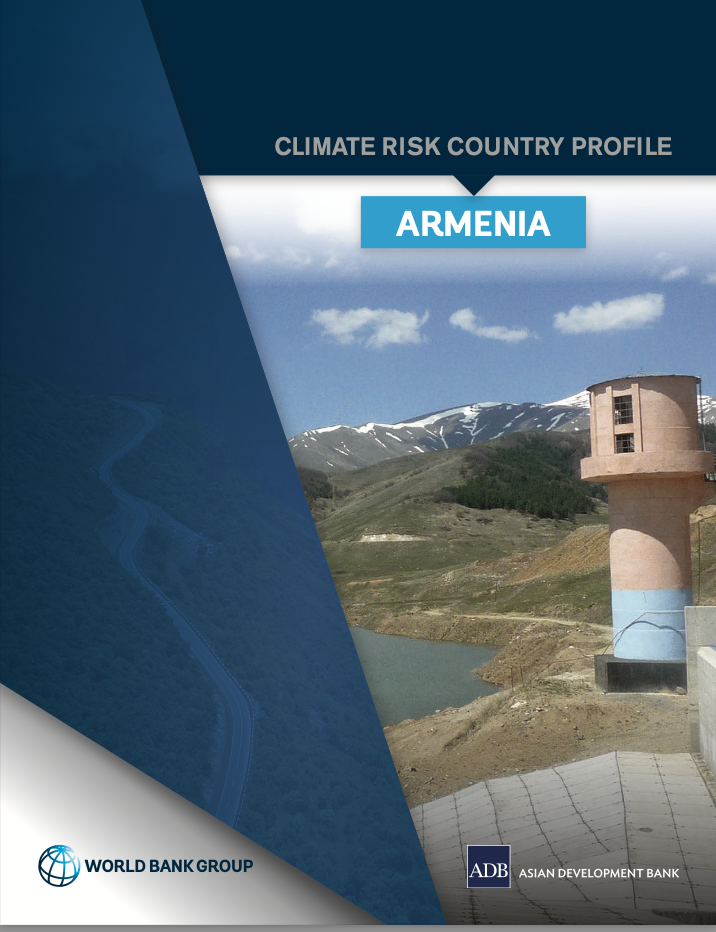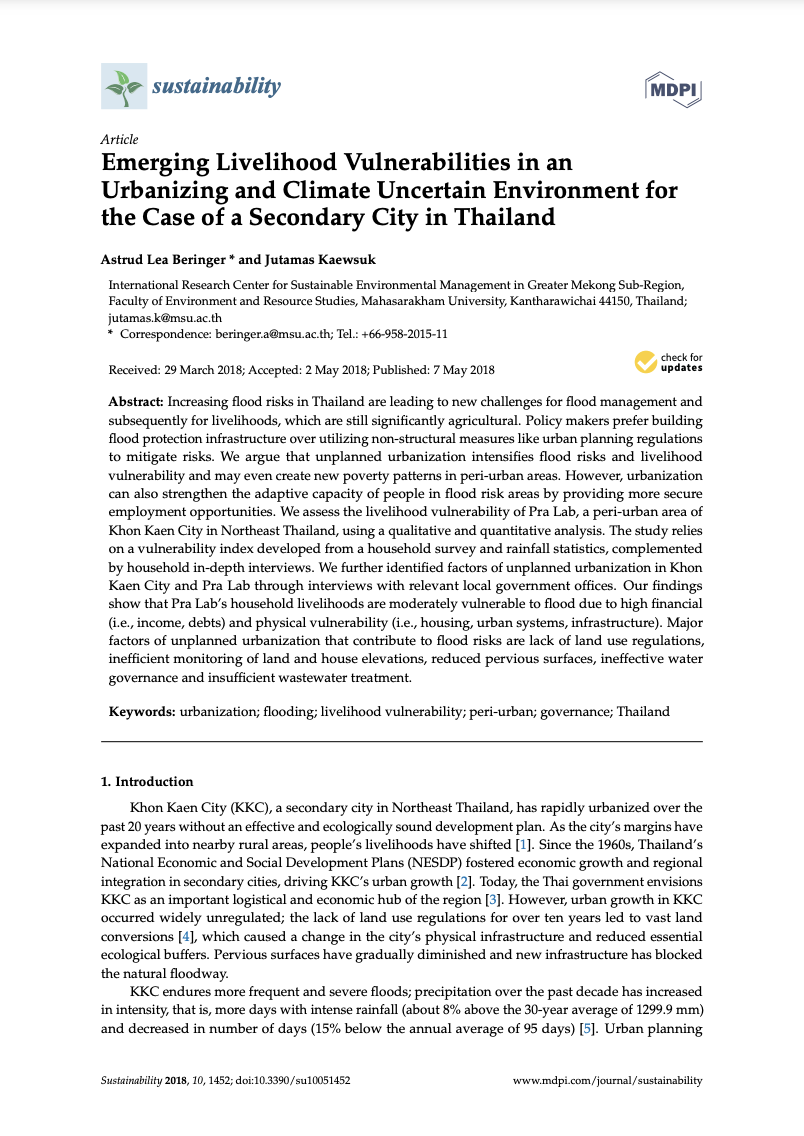water
AGROVOC URI: http://aims.fao.org/aos/agrovoc/c_8309
LDN in Armenia
Armenia is a landlocked country in the South Caucasus. After gaining independence from the former Soviet Union, a very difficult socio- economic situation developed in Armenia, with a current high level of poverty. Land privatization has led to excessive land fragmentation and a small average farm size. Most of the country (87 percent) is mountainous with a vertical zonation of diverse landscapes. Armenia is hotspot of biodiversity in the region, facing human and climate induced land degradation. Water erosion affects most forest and croplands across the country.
Climate Risk Country Profile: Armenia
This publication synthesizes climate characteristics and projections, vulnerability to natural hazards, sectoral climate change impacts, and adaptation priorities in Armenia. It outlines rapid onset and long-term changes in key climate parameters, as well as the impact of these changes on communities, livelihoods, and economies—many of which are already underway. The publication is part of a series of climate risk country profiles published jointly by ADB and the World Bank Group.
Climate Change Risk Profile: Azerbaijan
This profile provides an overview of climate risk issues in Azerbaijan, including how climate change will potentially impact agriculture, water resources, human health, tourism, and coastal resources and infrastructure. The brief includes an overview and climate summary of Azerbaijan, as well as projected climate changes. Also included is information on sector impacts and vulnerabilities to climate change, the policy context and information regarding ongoing climate change projects in Azerbaijan.
Emerging Livelihood Vulnerabilities in an Urbanizing and Climate Uncertain Environment for the Case of a Secondary City in Thailand
ncreasing flood risks in Thailand are leading to new challenges for flood management and subsequently for livelihoods, which are still significantly agricultural. Policy makers prefer building flood protection infrastructure over utilizing non-structural measures like urban planning regulations to mitigate risks. We argue that unplanned urbanization intensifies flood risks and livelihood vulnerability and may even create new poverty patterns in peri-urban areas.
ANALYSIS OF TREND OF WATER LEVEL: IN CASE OF LAKE TANA, ETHIOPIA
Lakes are integrator of environmental changes occurring at a regional to global scale and present a high variety of behaviors on a variety of time scale. Their crucial importance as water stocks and retaining given the significant environmental changes occurring worldwide at many anthropocentric levels has increased the necessity of monitoring all its morphodynamic characteristics i.e. water level, surface area and volume.
Reciprocal Implications of Water and Land Acquisitions for Investments in Ethiopia: Risks of Water Insecurities and Regulatory Responses in Tigray Region
The multiple forms of land acquisitions show direct and indirect implications on water. The motive to utilize, control or grab water is devised through acquiring land. There are embedded water issues in almost all land acquisitions. Practical challenges are explored especially in keeping the balance of water securities. The paper is done with the objective of analyzing the water implications, balance, priority and extent of security given to users in lieu of water security indicators and then examined against the regulatory frameworks and responses.
Planning And Conservation Of Urban Riparian Reserves: Spatiotemporal Evidence From Earth Observation
Context and backgroundAlthough a growing body of literature maintains that riparian reserves are infrequently conserved, a knowledge gap exists on how their status may be assessed through a triangulation of spatial and temporal approaches.Goal and Objectives:This study, therefore, sought to investigate through geospatial analysis the extent to which riparian reserves in Kenya were conserved as provided for under the legislation.







